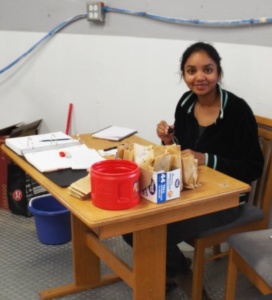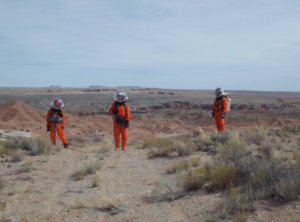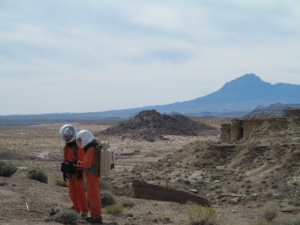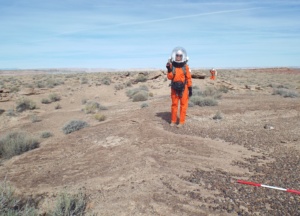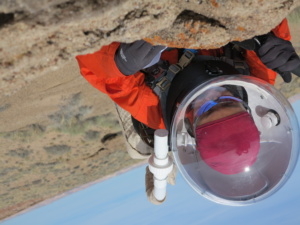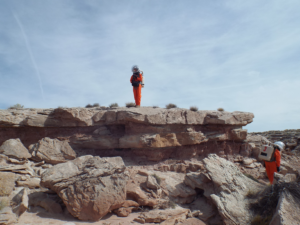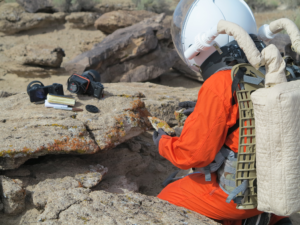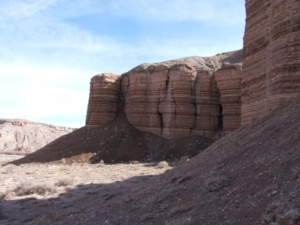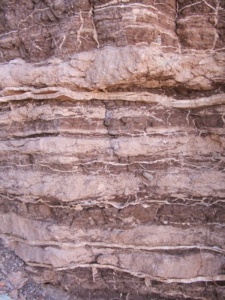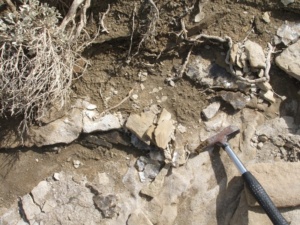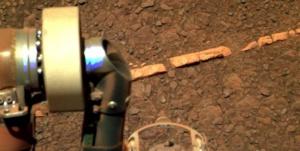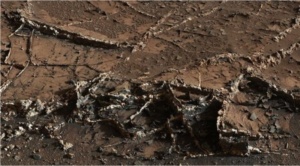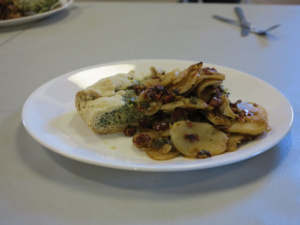Sol Journal for October 8th
Space gloves
This report was filed by Anastasiya Stepanova- Crew Journalist
Jon Clarke was preparing for the Extra Vehicle Activity (EVA) putting on space suit and his new gloves. They looked very different from our bulky ones. “You are cheating Jon”, I said with a cheeky smile. Jon had a hurt look, went to his room and came back with the files showing a guy who was working with a geology hammer in tight gloves in the field. “Do you know who this is?” said Jon with a smile. I didn’t recognize this man and looked forward to hear the story.
James Waldie is an Australian aerospace engineer, who presented in 2005 a prototype of mechanical counter pressure EVA glove. The mechanical counter pressure (MCP) suit is when the body is compressed by tight garments except the head, which would be in standard gas-pressurized helmet for breathing. Future Martian astronauts will be doing a massive amount of geological and microbiologic field research work as well as all the engineering tasks. Therefore, their body and hands should operate as naturally as technology can allow us in order to save the time, take better samples and stay safe.
What is wrong with the gas-pressurized suits? Well, let me quote James Waldie on that: “Gas-pressurised space suits have been highly effective as a life support system, but are a severe hindrance to astronaut function and capability. They are rigid, heavy, bulky, costly, leaky, and require high maintenance due to the complexity of constant volume joints and associated bearings and restraint layers. For future planetary exploration, revolutionary suit designs must be developed to satisfy requirements for a light, durable, puncture resistant, low leakage suit with excellent full-body flexibility”.
Since James is a member of Mars Society Australia, together with Jon, they have tested these gloves out on the field. While wearing Waldie’s gloves Jon felt like all the time, someone was giving him a painfully firm handshake. The reason for this was the Earth pressure. Since mechanical counter pressure glove is made to use in the vacuum or on the Moon, Mars, here on Earth it had double pressure on hands and caused discomfort. But in the vacuum chamber Waldie could use his hand as easily as if he was without a space gloves. His MCP glove allowed to collect small objects with 10 mm diameter in the vacuum chamber, whereas shuttle gloves could not.
Jon brought to our Mars simulation station a mock sample of such gloves and hopes that MCP/skinsuits will be used on Mars, which will give more freedom in movement, greater science data and better safety.
“A planetary suit for a Mars mission must safely and efficiently accommodate and support an astronaut for hundreds of hours during rigorous activities on jagged surfaces of significant gravity and dust” – James Waldie




